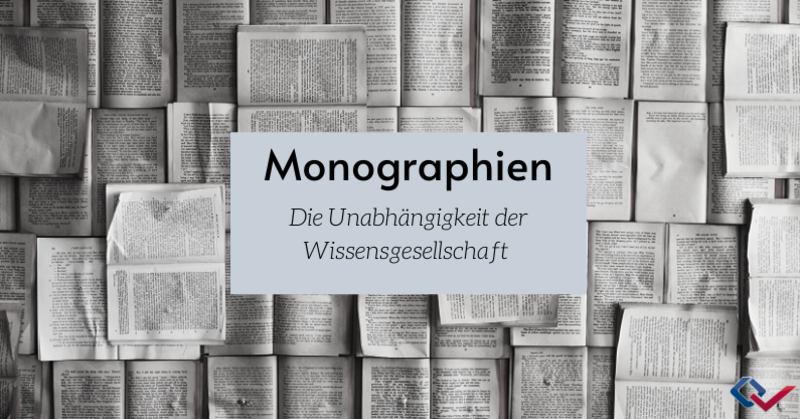2020-04-01

It is often the case that experts are not sufficiently familiar with the subject they are evaluating and are also overwhelmed by the number of articles they have to read. As a consequence, quality decreases and consumers have to search longer until they find what they are looking for.
Additionally, copyright issues have become more controversial because of platforms like Google Books that offer digital versions of books without complying to copyright.
In 2013, Google took legal action referring to the fair-use-rule, saying that it was legal to give access to knowledge for educational purposes (Hagner 2015: 41). This does not only result in authors’ incapacitation but also in an “existential threat to those small publishing houses […] that are and have been, at least in Europe, vital forums for publications for literary studies or humanities [or natural science]” (Hagner 2015: 41).
Open Access and Digitalisation
Open Access is the biggest counter-development reacting to the journal-crisis and the exploding prices in digital publication. As the term Open Access implies, each user has either access to academic journals, chapters from books or whole monographies for free (“gratis open acces”) or has free access with extended license options (“libre open access”).
The first open-access initiative was launched in Budapest in 2002. It was based on the concern that scientists should not aim at gaining profit by their research but rather give access to their findings to the public (Hager 2015: 67). By removing barriers between authors and their readership, scientists should profit by detaching themselves from the power of their publishers (Hagner 2015: 67). Especially the STM- publishers (Science, Technology, Medicine) to which Springer or Holztbrinck also belong, (over)burden, libraries’ financial capacity by their price politics (Hagner 2015: 70). Yet, Open-Access also comes with restrictions or problems.
However, Open Access also has its restrictions. Although more and more articles are accessible for free, it is and will be nearly impossible to put online all scientific articles and books ever published for free (Hagner 2015: 71). The mere provision of such a huge “digital archive” requires time and financial resources that make it impossible to offer without requesting money (Hagner 2015: 71). Moreover, it would be illegal to ignore the copyright of several million articles (Hagner 2015: 71). Authors are under pressure, since, as Hagner argues “Open Acces has become a moral imperative” (2015: 74).
The Price for Open Access
Although readers may profit from Open Access, authors and institutes do not necessarily because they have to pay a high price for their publications. Thus, according to the “author-pays-model” , authors are required to pay possibly up to 3000€ to publish one article (West 2014: 1315). Eventually, in order to publish in a journal that has high prestige and a huge readership, authors have to pay the price (West 2014: 1316).
Quellen:
Hagner, Michael: Zur Sache des Buches. Wallstein Verlag, Göttingen, 2015.
West, Jevin D., Theodore Bergstrom und Carl T. Bergstrom: „Cost Effectiveness of Open Access Publications“. Economic Inquiry. Vol. 52, No. 4, October 2014, 1315–1321.
________________________________________________________________________________________________
________________________________________________________________________________________________
Weitere Themen der Reihe









